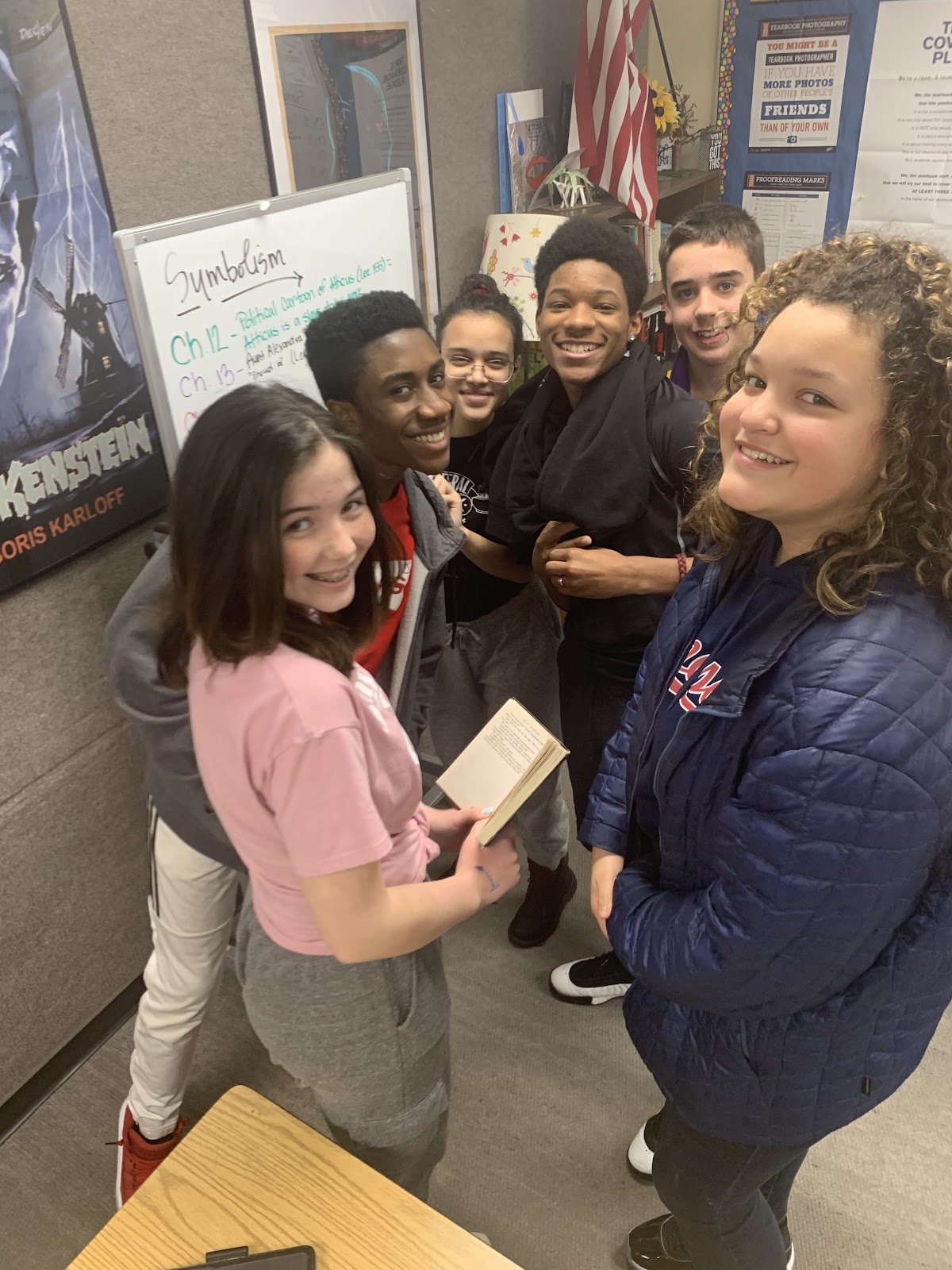Co-Teachers: Cassie Pagel and Lauren Witheridge
The third period English 9 classroom at Jefferson works differently than Cassie Pagel’s other English 9 classes. There are two teachers at work.
Jefferson High School English teacher, Cassie Pagel and Special Education teacher Lauren Witheridge find success and joy in co-teaching.
Instructional Strategy
Co-Teaching is an instructional strategy that has the potential for high impact on student learning. When asked about what makes this approach successful for their students, Cassie and Lauren name the importance of communication and respect for each other as educators. Traditionally, co-teaching between content area teachers and special education teachers creates a dynamic of main teacher and support teacher. They design their collaboration as content expert and learning expert. In the classroom, this means that students recognize both as the teacher and turn to either teacher for support.
Within their English 9 course, Cassie and Lauren use co-teaching as a strategy to co-develop the lessons designed to include elements of Social Emotional Learning (SEL) and mindfulness as well as elements of active, collaborative learning. One powerful example of this is the use of elements of SEL as a lens to understand To Kill a Mockingbird. In a recent lesson, students explored concepts of neuroplasticity and fixed versus growth mindsets. After reflecting on these in the context of their lives, they identified how these concepts show up in the characters in the novel. This deepens the learning of SEL concepts while also deepening the meaning they make in their reading of this powerful novel.
Cassie and Lauren's goal as teachers is to design learning that increases students’ understanding of themselves as learners and develop student knowledge and skills through engaging activities that meet their needs as learners. An example of this is in their use of the SIFTT teaching strategy in which students collaboratively discuss the symbols, images, figurative language, tone, and theme within the books they read. In SIFTT lessons, students are active as they gather at whiteboards around the room for discussion. Another example of meeting student needs is their providing choice in the ways students show their knowledge and understanding. This Book Club Tic Tac Toe Board provides a variety of ways that students can demonstrate their learning. Their co-teaching allows for greater levels of collaboration among students and greater opportunities for students to develop their thinking through feedback from their teachers.
See What It Looks Like


Additional Resources


Comments
Post a Comment